8th JAPAN MEDIA ARTS FESTIVAL
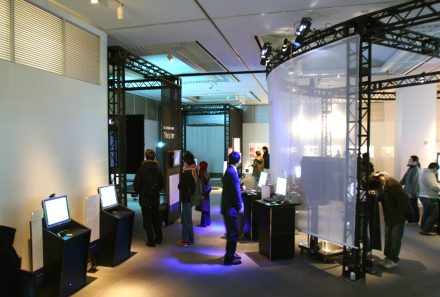
Outline
Entry Period
2004.8.2(Mon) - 10.20(Wed)
Organizer
Japan Media Arts Festival Executive Committee
[Agency for Cultural Affairs / CG-ARTS]
Chair
KAWAI Hayao(Commissioner of the Agency for Cultural Affairs)
Operating Committee
NAGATA Keiji(Chairman, CG-ARTS)
HAMANO Yasuki(Professor, University of Tokyo Graduate School)
Exhibition
Dates
2005.2.25(Fri) - 3.6(Sun)
Awards Ceremony
2005.2.24(Thu)
Venue
Tokyo Metropolitan Museum of Photography
Yebisu Garden Place
Admission
free

Jury / Major
Jury
Art Division
KUSAHARA Machiko
ASABA Katsumi
TOSA Nobumichi
NAKAYA Hide
MIKAMI Seiko
Entertainment Division
NAKAJIMA Shinya
ISHIHARA Tsunekazu
SAITO Yutaka
SUZUKI Yu
MIYAZAKI Mitsuhiro
Animation Division
TOMINO Yoshiyuki
KAMIMURA Sachiko
HIGUCHI Shinji
MORI Takuya
Manga Division
SATONAKA Machiko
KIMURA Tadao
KUROGANE Hiroshi
TAKEMIYA Keiko
CHIBA Tetsuya



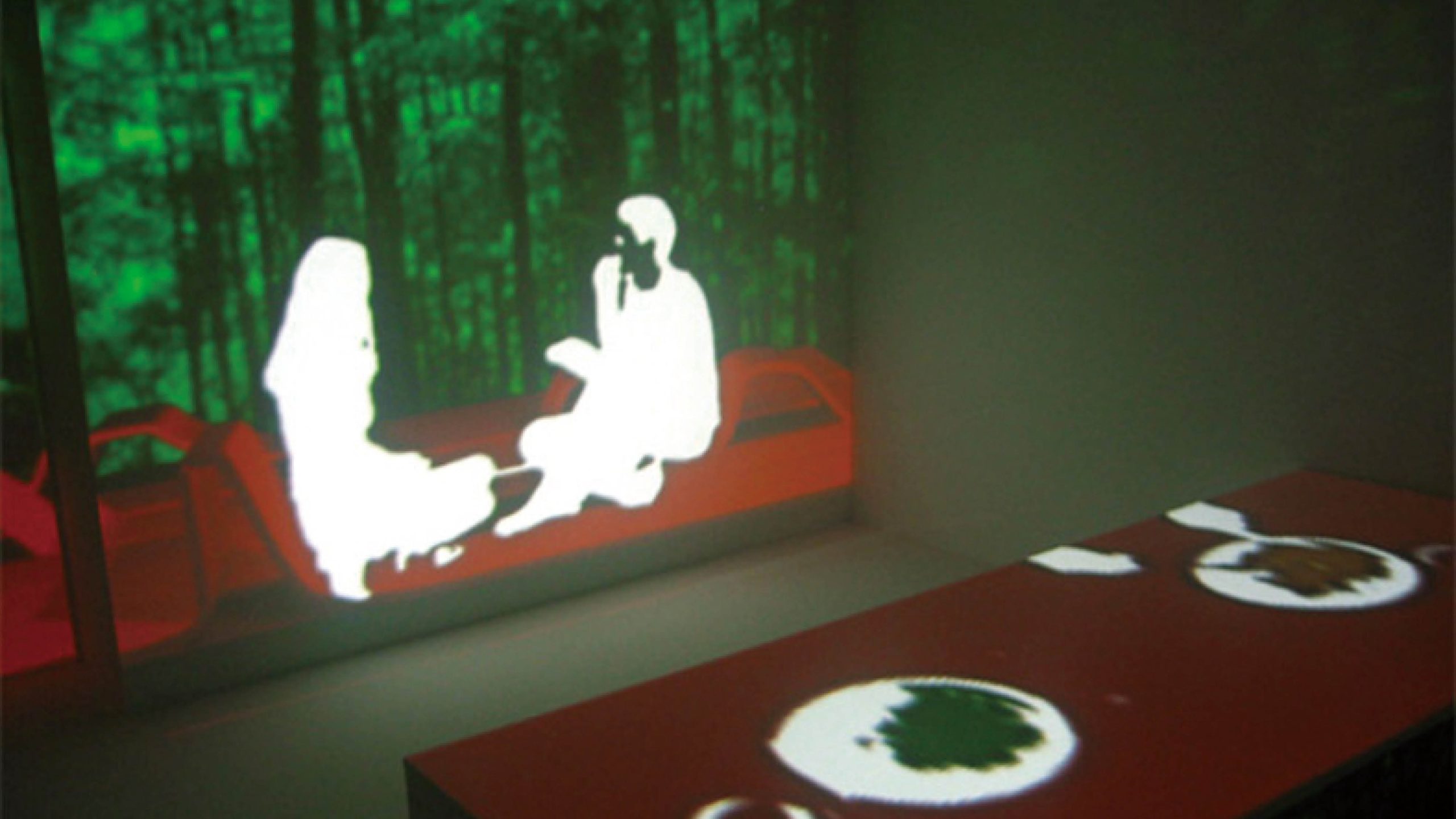
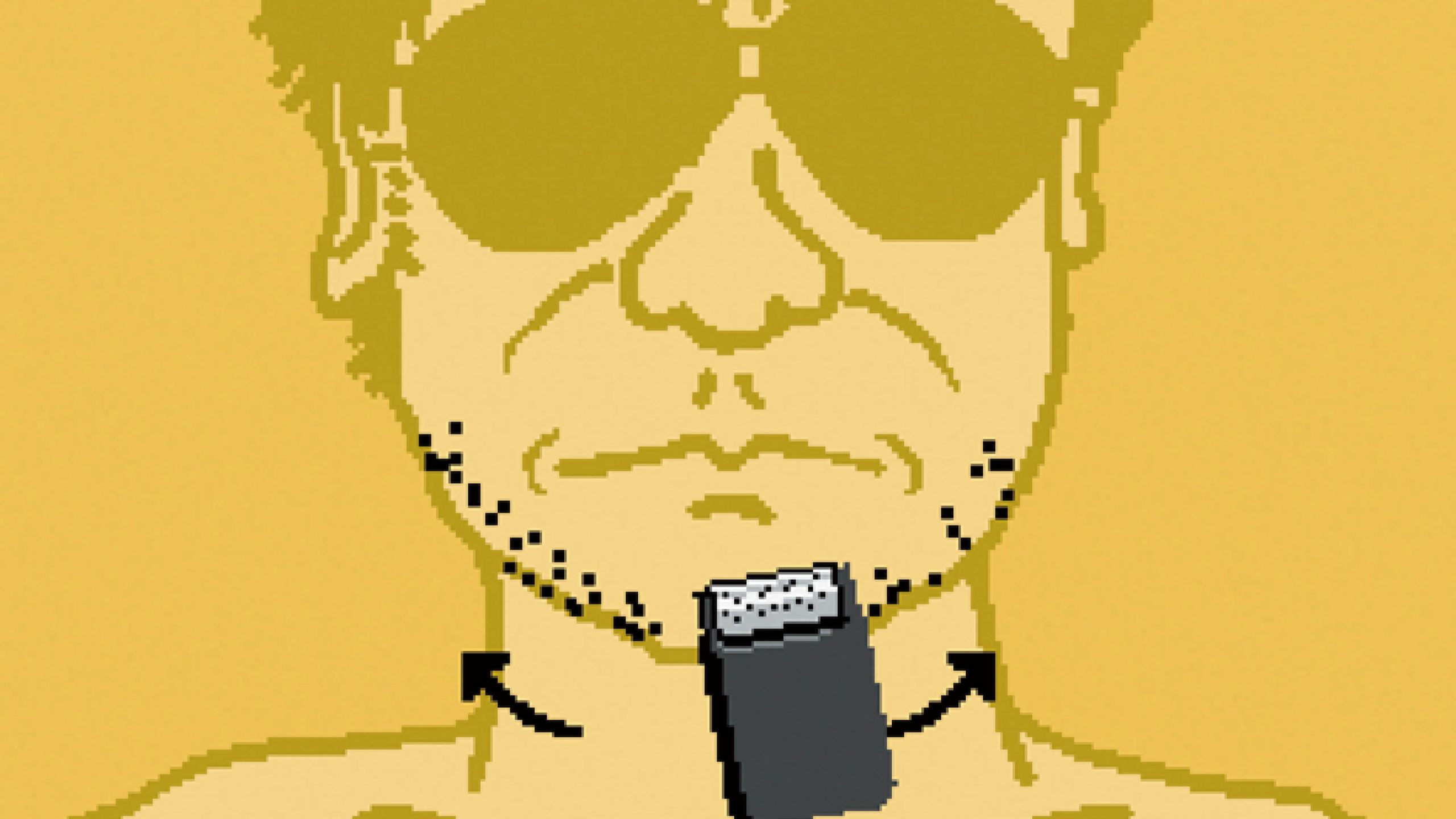
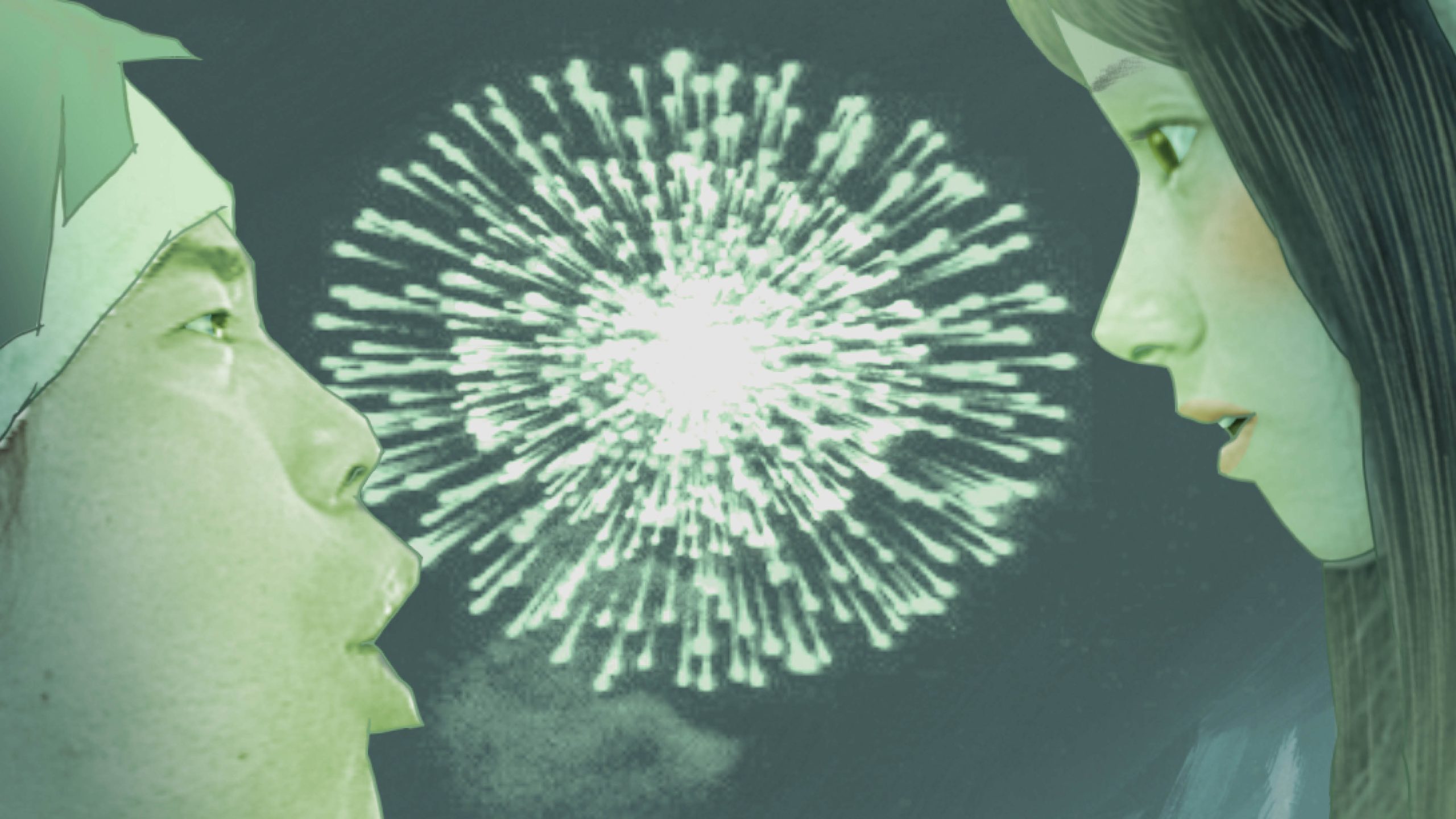
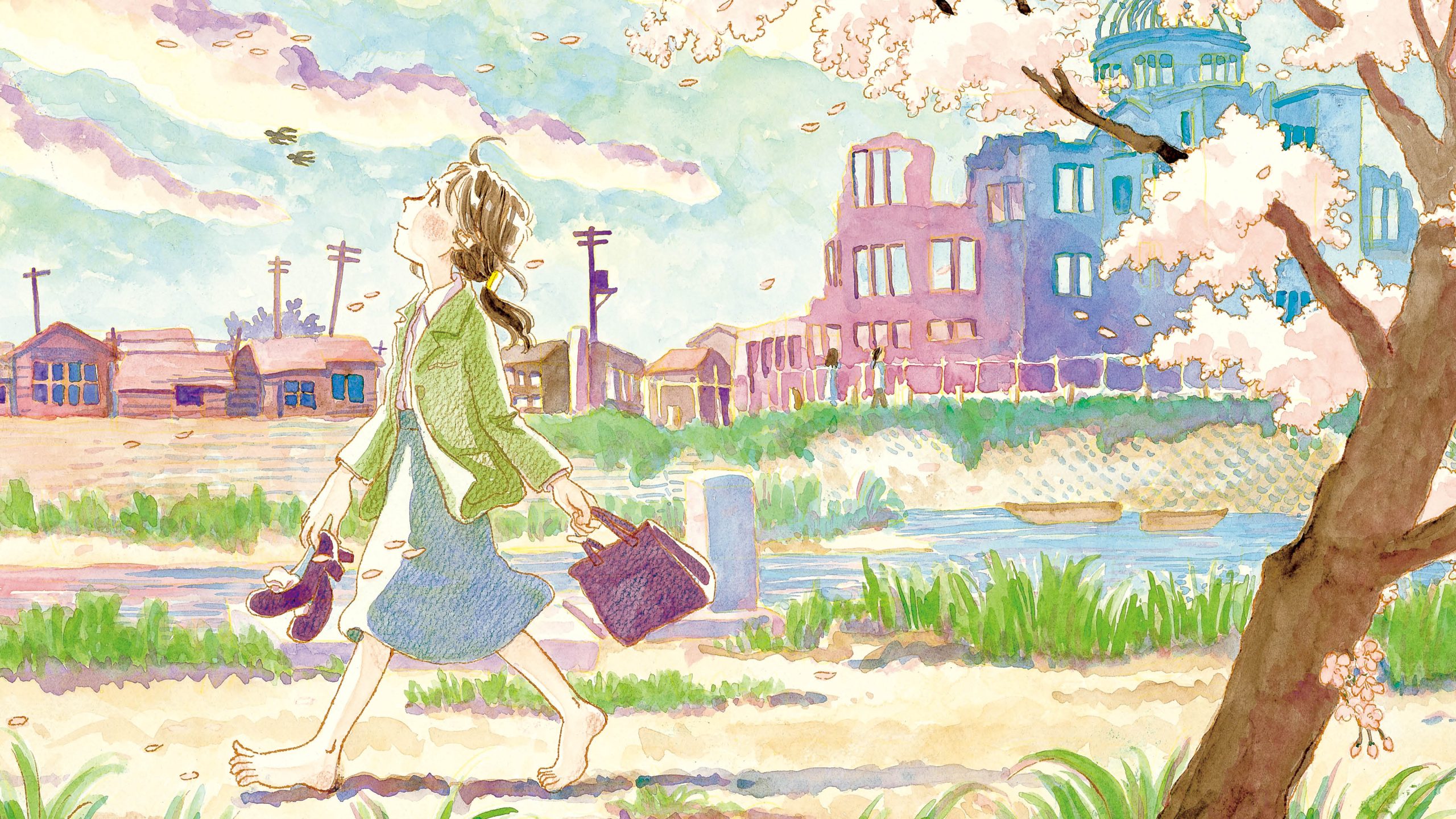
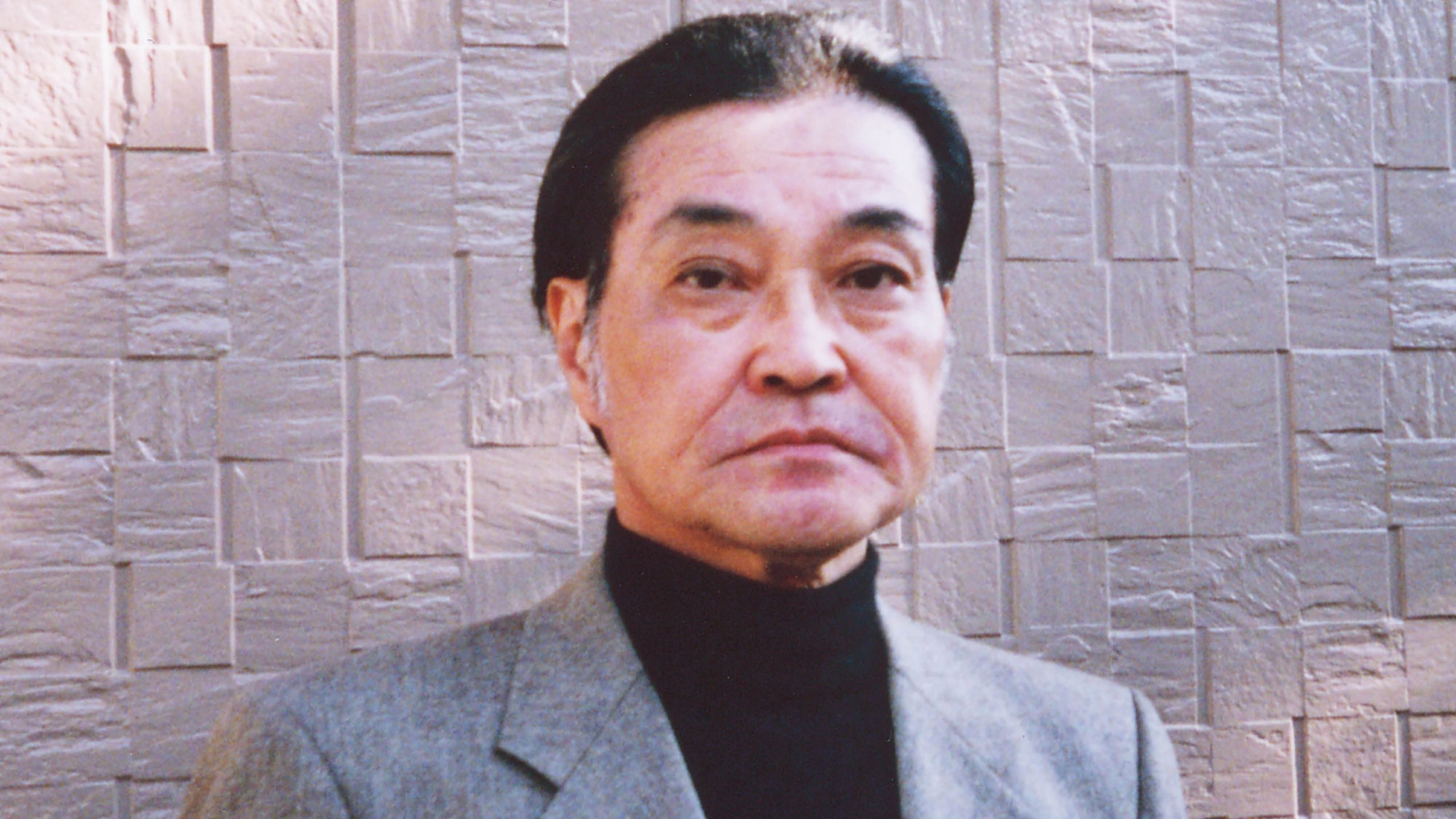
HAMANO Yasuki
Professor, Graduate School, The University of Tokyo
Japan Media Arts Festiva, becoming the gateway to success for new artists
There have been very many heated discussions this year and none of the four division prize winners were chosen easily. Although strong words were exchanged during these discussions, these only served to show how seriously the adjudicators took their task.
One of the factors that made judging so difficult was the sheer number of entries for each division. Though the total number was slightly less than last year, the general quality of the entries has obviously increased in recent years. This appears to be a result of the policy and desire of the Media Arts Festival to ensure that all winning works are selected based on the merits of the particular work offered, which is increasingly being recognized. The entries for this year seem to have been of a particularly high level.
The adjudicators unanimously remarked this year that mechanical technologies, such as computers, displays and printers, are improving, as well as becoming more available and inexpensive. This has meant that very similar tools are available to both professionals and amateurs. Though this year it is more apparent than ever how entrenched the internet has become in society, internet works were noticeably absent as winners.
Another reason for such heated discussions was that, even though there were four divisions in the Media Arts Festival, the expanding genre of media arts makes it increasingly difficult to judge by available criterion. However, since it is impossible to increase the divisions limitlessly, the adjudicators had to contend with this limitation through discussion and negotiation as to seeking out reasonable judging criterion. As a witness to the judging process, I would like to report that the final decisions were reached through the sincere efforts of the adjudicators. The Media Arts Festival has become a valuable opportunity to encounter media arts outside Japan, in particular there was a remarkable numbers of entries from Korea this year; this as we enter Japan- Korea Friendship Year 2005. Media arts impress and entertain, but also they can encourage people to think, perhaps providing an opportunity for our two nations to deepen their friendship, which has already been demonstrated by the Korean boom that swept Japan in 2004. The increasing number of entries from other foreign countries in the year 2004 also suggests that the Media Arts Festival can be an opportunity for communication between different countries.